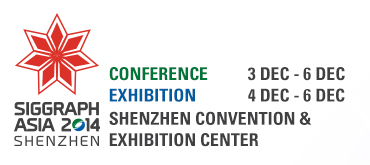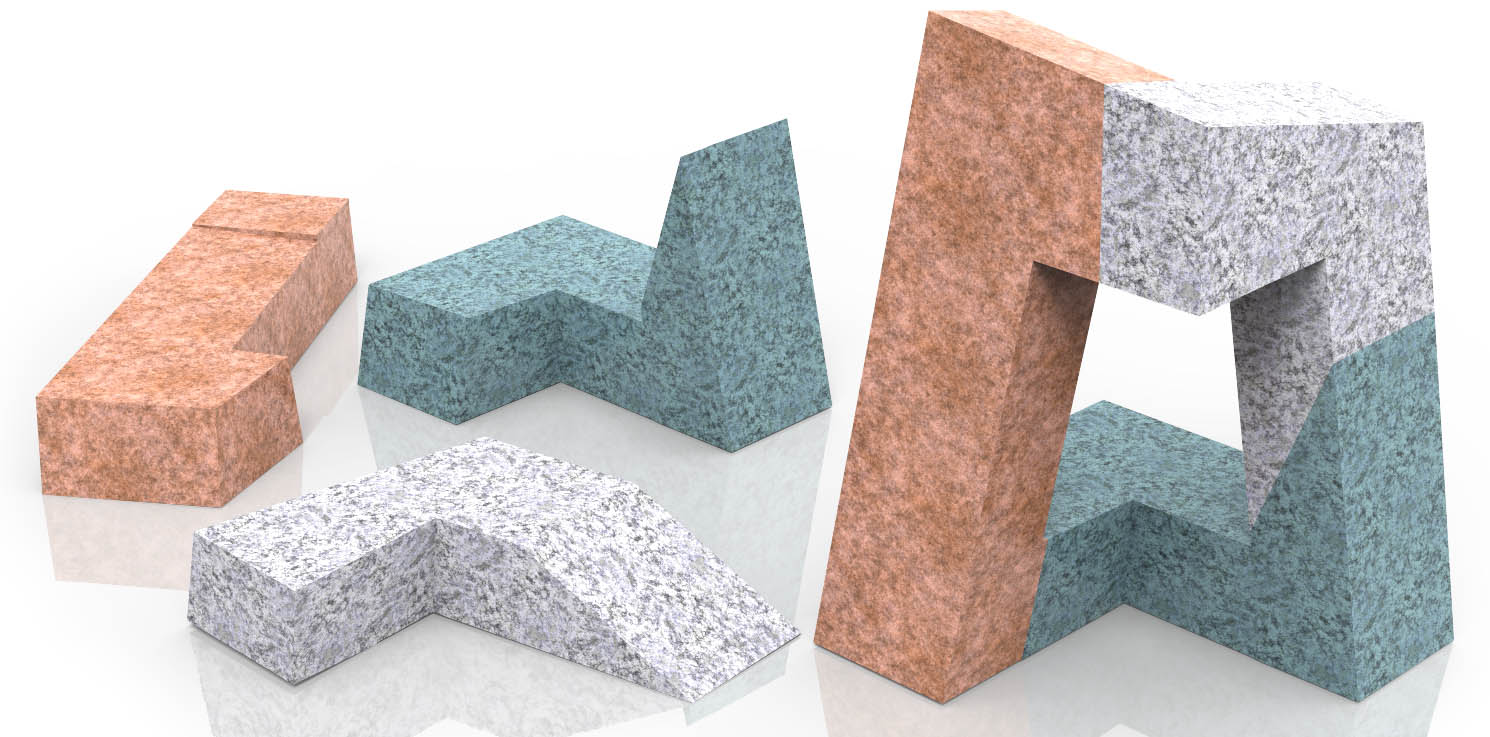
Approximate Pyramidal Shape Decomposition
A shape is pyramidal if it has a flat base with the remaining boundary forming a height function over the base. Pyramidal shapes are optimal for molding, casting, and layered 3D printing. However, many common objects are not pyramidal. We introduce an algorithm for approximate pyramidal shape decomposition.
Ruizhen Hu, Zhejiang University
Honghua Li, Simon Fraser University
Hao (Richard) Zhang, Simon Fraser University
Daniel Cohen-Or, Tel Aviv University
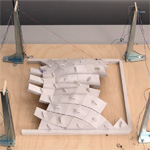
Assembling Self-Supporting Structures
Self-supporting structures are prominent in architecture, but current construction processes require extensive and prohibitively costly formwork. We propose to use chains instead and devise a tractable strategy for finding a valid construction sequence. We validate our method on 3D printed models and self-supporting puzzles.
Mario Deuss, École Polytechnique Fédérale de Lausanne
Daniele Panozzo, Eidgenössische Technische Hochschule Zürich
Emily Whiting, Eidgenössische Technische Hochschule Zürich and Dartmouth College
Yang Liu, Microsoft Research Asia
Philippe Block, Eidgenössische Technische Hochschule Zürich
Olga Sorkine-Hornung, Eidgenössische Technische Hochschule Zürich
Mark Pauly, École Polytechnique Fédérale de Lausanne
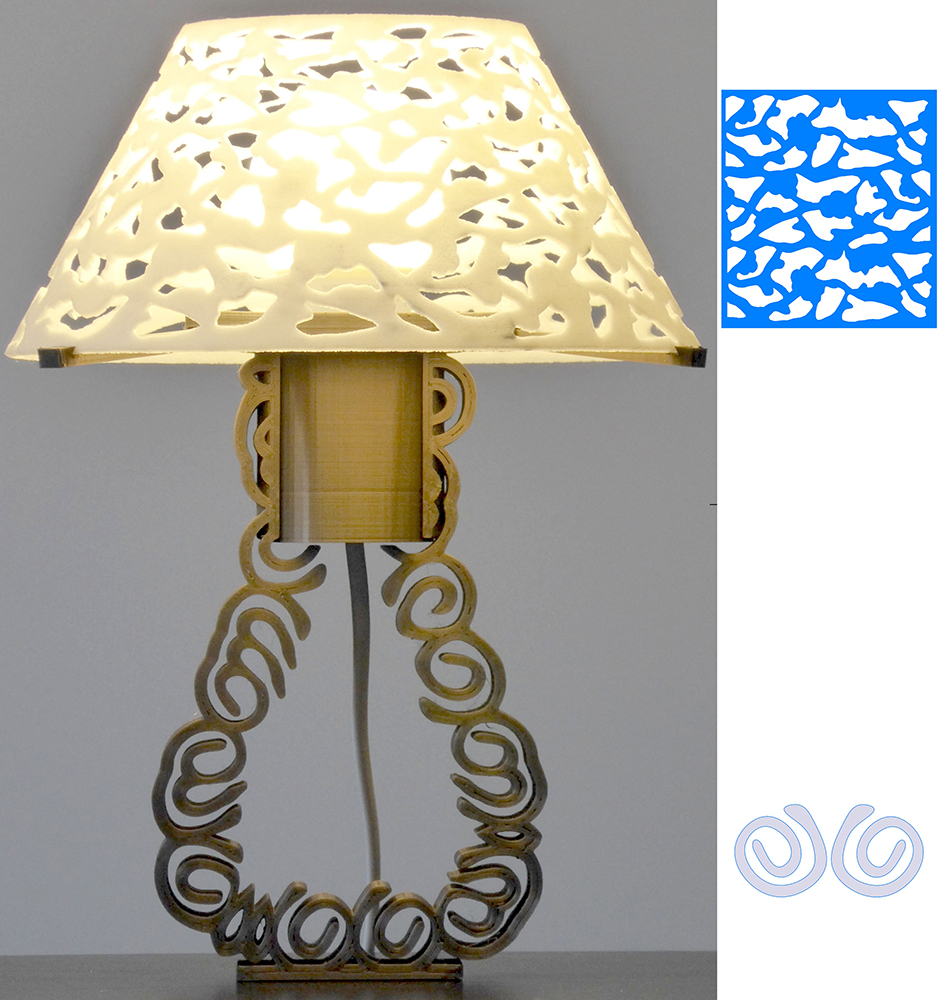
Topology-constrained Synthesis of Vector Patterns
We introduce a novel approach to synthesize decorative patterns from examples in the context of fabrication. The topology of the result patterns is controlled, for instance ensuring that they form well connected objects or that they contain no holes. This allows novel interesting designs to be modeled and fabricated.
Shizhe Zhou, University of Science and Technology of China
Changyun Jiang, University of Science and Technology of China
Sylvain Lefebvre, INRIA Nancy-Grand est
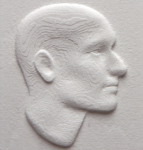
Appearance-Mimicking Surfaces
We propose a method to reproduce the look and the details of a 3D object on a surface that is confined to a given volume, creating appearance-mimicking surfaces that generalize classic bas-reliefs. Our method finds a globally optimal relief surface and guarantees satisfaction of spatial constraints.
Christian Schüller, Eidgenössische Technische Hochschule Zürich
Daniele Panozzo, Eidgenössische Technische Hochschule Zürich
Olga Sorkine-Hornung, Eidgenössische Technische Hochschule Zürich
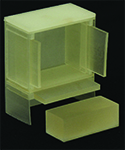
Creating Works-Like Prototypes of Mechanical Objects
We describe an interactive system for creating functioning works-like prototypes. Our method allows users to specify high-level functional relationships that encode geometric constraints between parts. We have used our system to produce a variety of physical prototypes.
Wilmot Li, Adobe Research
Niloy Mitra, University College London
Bongjin Koo, University College London
Maneesh Agrawala, University of California
JiaXian Yao, University of California
 English
English 